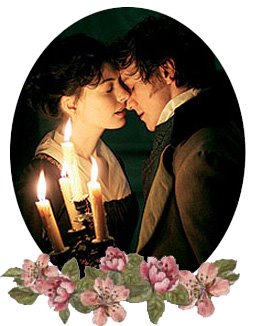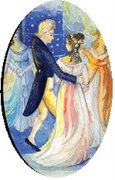The importance of juvenilia
 Again, I want to thank Rachel for the comprehensive juvenilia post, plus the post on Jane Odiwe's work. She made time to take care of the website while I went shopping in Adelaide and Melbourne!
Again, I want to thank Rachel for the comprehensive juvenilia post, plus the post on Jane Odiwe's work. She made time to take care of the website while I went shopping in Adelaide and Melbourne!
Anyway, we think that juvenilia is a very important post here, as it demonstrates how Jane Austen had started her writing career at a very early age. I understand that many people did not like Becoming Jane because it seemed to show that Jane did not write anything significant before she met Tom Lefroy; which was not the case. Even Julian Jarrold and Jon Spence acknowledged that Jane Austen had done many works before; her meeting with Tom Lefroy 'simply' opened up the door to her fullest potentials. Claire Tomalin (Jane Austen: A Life) noted that after Jane's meetings with Tom in 1795, the young Miss Austen wrote Pride & Prejudice, Sense & Sensibility, and Northanger Abbey. Thus, in four years (1795-1799), Jane Austen wrote three great novels; all before she reached the age of 24. That fact alone leads to the hypothesis that, although Jane already had intrinsic writing ability within her, her experience with Tom explored more of her potentials she had not tapped before. That is, including writing stories of the heart.
Pic: www.annie-hathaway.com












































2 comments:
Yes, I agree.This is a very important part of Jane's career as an author. Her skills as an author were honed during this period.
Yup, yup. Claire Tomalin's book also acknowledged this fact, so Jon Spence and Julian Jarrold did not stand alone. In fact, Tomalin's book might inspire Spence to do more research, and thus finding more hidden codes in JA's letters.
Post a Comment